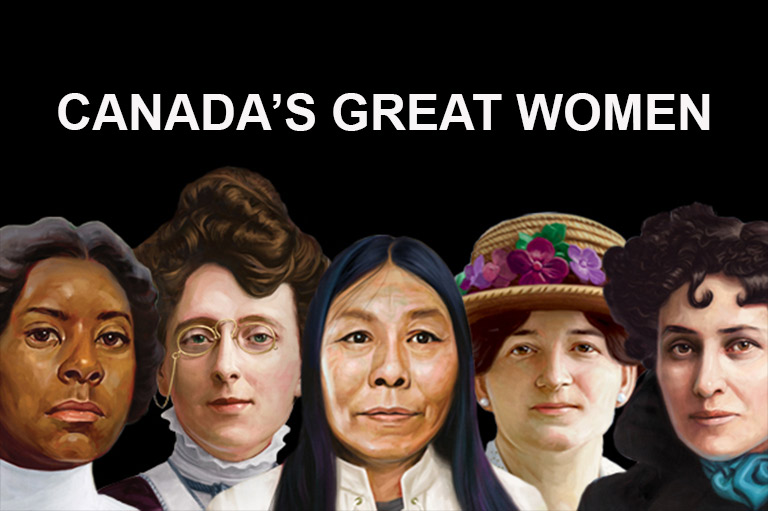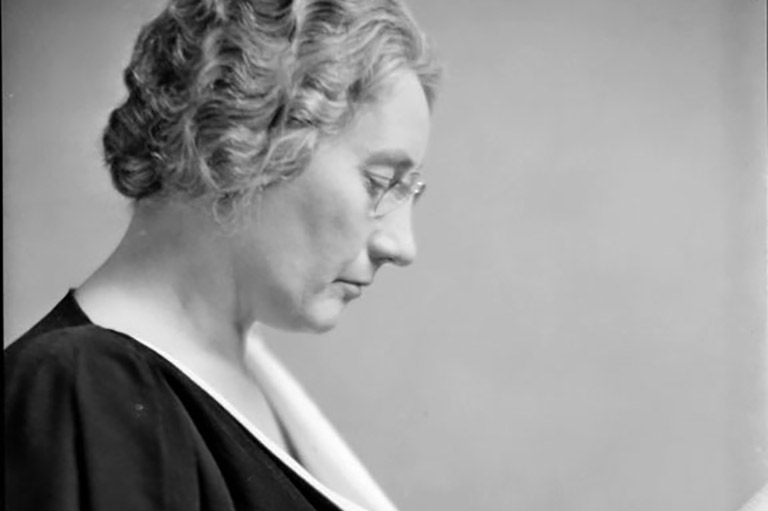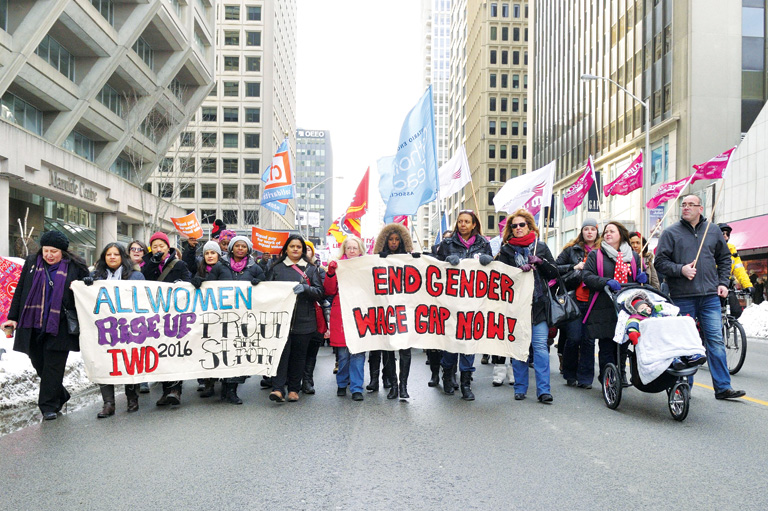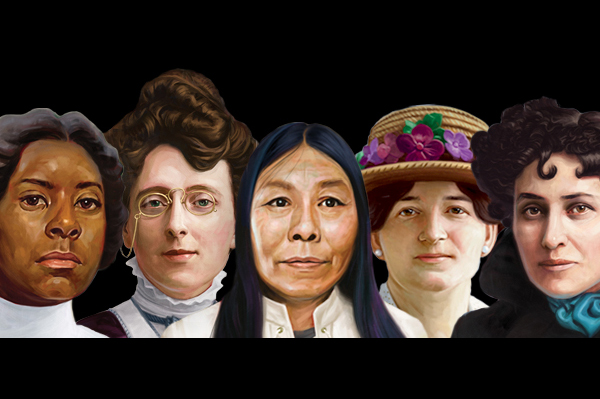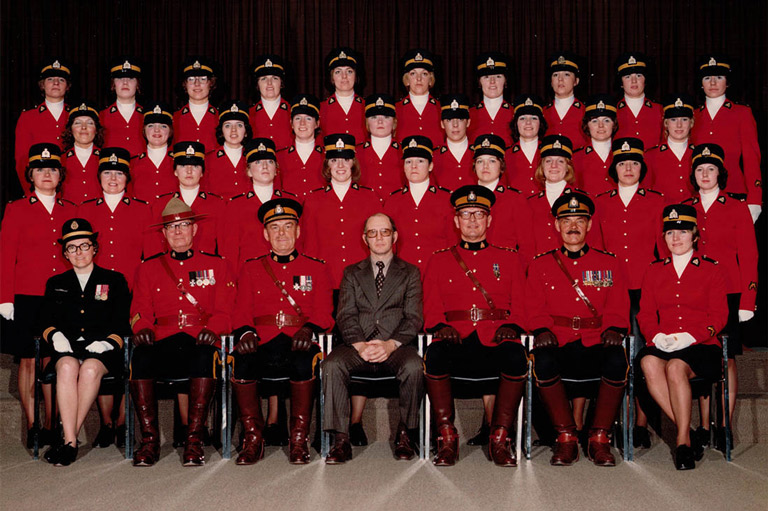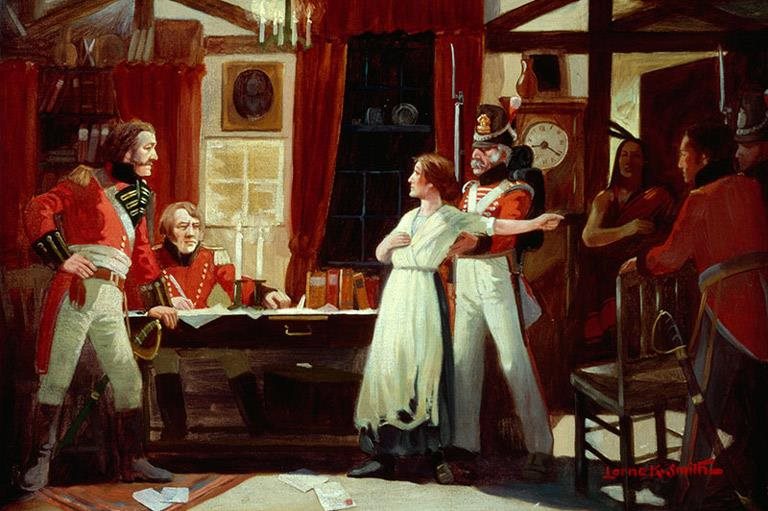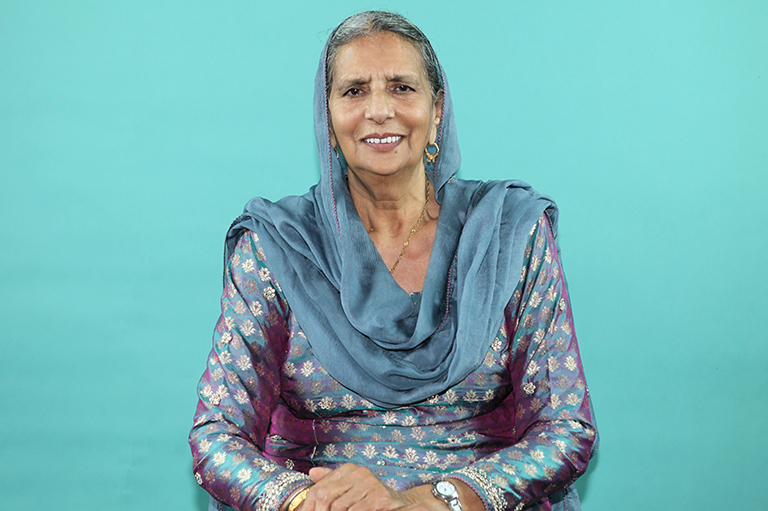36 More Great Women
In 2016, Canada’s History decided to mark the centennial of the first women to win the vote in Canada — in Manitoba, Saskatchewan and Alberta in 1916 — by celebrating great women from Canada’s past. We highlighted thirty of Canada’s outstanding women and asked our readers to vote for whom they thought was the “greatest.”
To create our list, we recruited a panel of prominent Canadians — former Governor General Adrienne Clarkson; bestselling author Charlotte Gray; historians Michèle Dagenais (Université de Montreal), Tina Loo (University of British Columbia), and Joan Sangster (Trent University); and author and English professor Aritha van Herk (University of Calgary).
All the while, we knew that list was too short. Our visitors flooded us with nominations for women not on the list and this year we wanted to honour their suggestions by presenting short biographies of another thirty-six outstanding women.
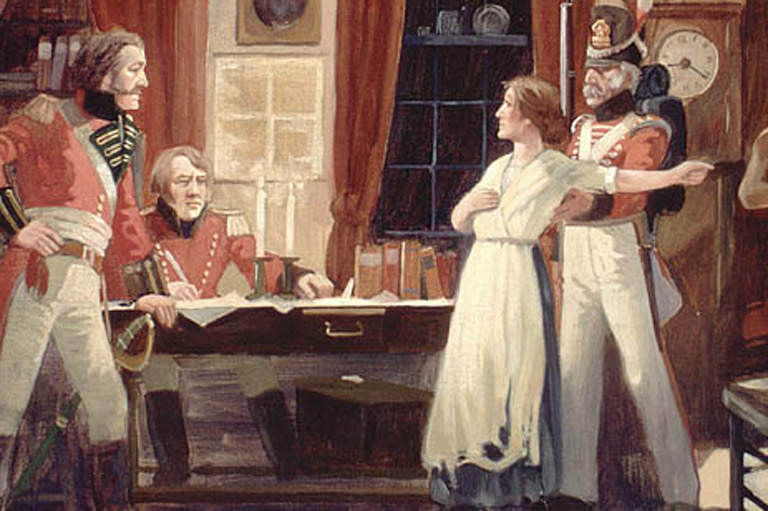
Laura Secord (1775-1868)
Heroine, wife, and mother. In 1812, Laura Secord courageously rescued her husband, James Secord, after he was wounded at the Battle of Queenston Heights. Her husband was still recovering when, the following summer, American soldiers advanced into the Niagara Peninsula and were being billeted at their home. On June 21,1813, Secord overheard American officers plan an attack. She is believed to have walked thirty-two kilometres through rough terrain from her home in Queenston, Upper Canada (Ontario), to warn Lieutenant James FitzGibbon of the surprise attack at Beaver Dams. Facing imminent danger, she reached FitzGibbon in time for him to prepare an ambush, forcing the U.S. general and five hundred soldiers to surrender. Secord was never properly recognized for her heroic feat until after her death.
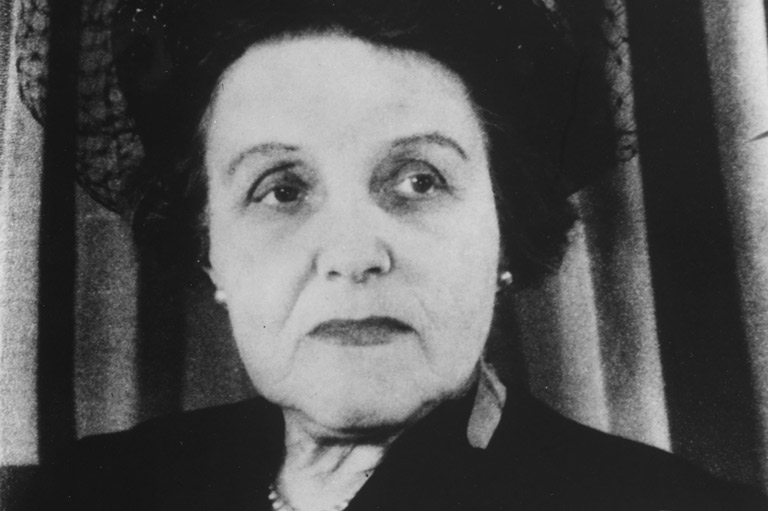
Irma Levasseur (1878–1964)
Pediatrician and co-founder of Sainte-Justine Children’s Hospital. In 1894, Irma Levasseur pursued a career in medicine but as a woman she was unable to get a suitable university education in Canada. She went to Minneapolis to study for six years but was not admitted to the College of Physicians and Surgeons in Quebec until 1903. Levasseur travelled to Europe to learn more about early childhood disease and with others founded the Saint-Justine Hospital in Montreal in 1907. She went on to work in Serbia, the Red Cross in New York, and, returning to Canada, used her own savings to help found the Hôpital de l'Enfant-Jésus in Quebec City in 1922. In 1927, she opened her own clinic for disabled children in nearby Saint-Jean-Baptiste. She made it possible for women to have access to Quebec medical schools and was a pioneer in paediatric medicine.
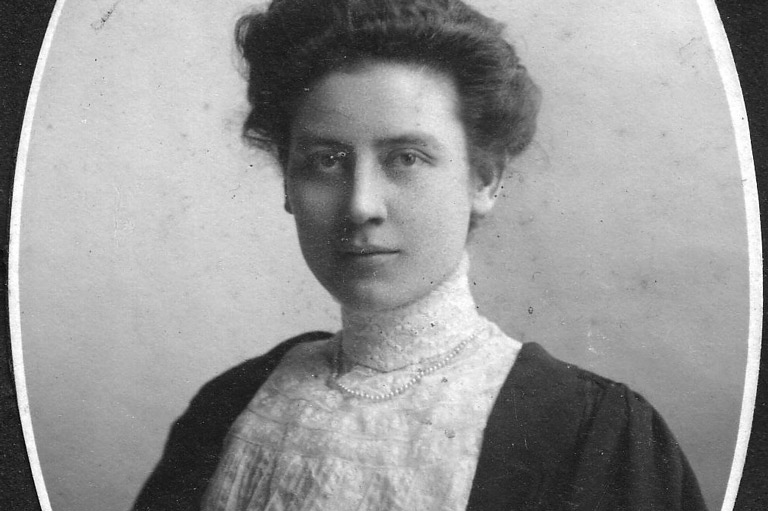
Dr. Jennie Smillie Robertson (1878-1981)
Canadian physician and the first female surgeon in Canada. Born Jane Smillie, near Hensall, Ontario, she became a teacher until she had saved enough money to attend Kingston’s Ontario Medical College in 1906 (integrated into the University of Toronto medical school). She graduated in 1909, but could find no hospital in Toronto to take her residency. She attended Philadelphia’s Women’s Medical College to do her internship and returned to Canada in 1911. Smillie performed her first Canadian operation in a private home, as hospitals would not give women operating privileges. In 1911, she helped start Toronto’s Women’s College Hospital where she was the chair of gynecology from 1912 to 1942. She married at the age of seventy and lived until 103.
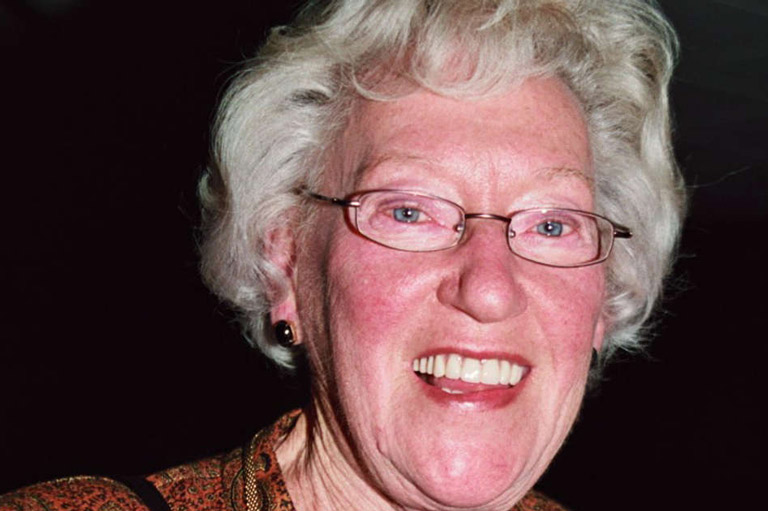
Flora Isabel MacDonald (1926–2015)
Canadian politician and humanitarian, first female foreign minister, and one of the first women to vie for leadership of a major Canadian political party (Progressive Conservative). MacDonald worked at Progressive Conservative headquarters from 1956 to 1965 and served as executive secretary for half a decade. She was the Member of Parliament for Kingston and the Islands from 1972 to 1988 and became the party’s critic for Aboriginal Affairs and Northern Development. In 1976, MacDonald put her name in as a contender for the party’s leadership but was defeated by Joe Clark. Under Clark she became the first female Secretary of State for External Affairs in 1979. Under Brian Mulroney she became the Minister of Employment and Immigration and then his Minister of Communications in 1986. After losing her seat in 1988, she dedicated herself to humanitarian work and other projects. She was honoured with many awards, including Officer of the Order of Canada (1992) and Companion of the Order of Canada (1998).
Sign up for any of our newsletters and be eligible to win one of many book prizes available.
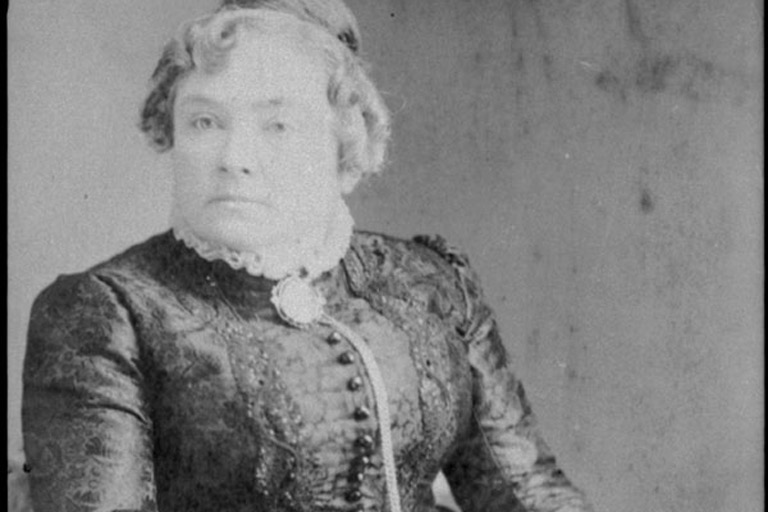
Dr. Emily Howard Jennings Stowe (1831–1903)
First female doctor to practise in Canada, activist for women’s rights and suffrage. Stowe graduated from Toronto’s Normal School for Upper Canada in 1854 and worked at Brantford School Board, where she became the first woman principal of a public school in Upper Canada. She married John Stowe in 1856 and was inspired to study medicine when he contracted tuberculosis. Denied entrance to Canadian medical schools, she attended New York Medical College for Women, graduating in 1867. She then set up a practice in Toronto, making her the first Canadian woman to practise medicine in Canada, although she was not licensed until 1880. Stowe helped organize the Woman’s Medical College, Toronto, in 1883, allowing women to study medicine. She founded Canada’s first suffrage group — the Toronto Women’s Literary Club — and was the principal founder and first president of the Dominion Women’s Enfranchisement Association in 1889.
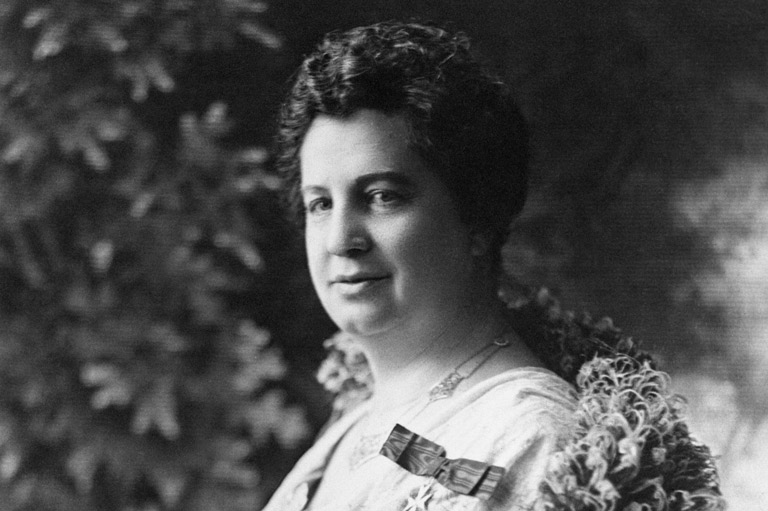
Emily Murphy (1868–1933)
Women’s rights activist, jurist, author, and first female magistrate in Canada and the British Empire. Murphy was a self-taught legal expert and her tireless work helped to pass the 1911 Dower Act in Alberta. This legislation protected a woman’s right to one-third of her husband’s property. When she and a group of women were not allowed to attend a prostitution trial in Edmonton because it was seen as “not fit for mixed company,” Murphy protested. In response, she was appointed as the first female police magistrate in the British Empire. Murphy also spent twelve years fighting for women to be declared “persons,” after being challenged on this when she became a magistrate. Murphy and four of her friends — the “Famous Five” — finally won their fight in 1929 when the Privy Council in Britain declared women as legal “persons” who were eligible to serve in the Senate.
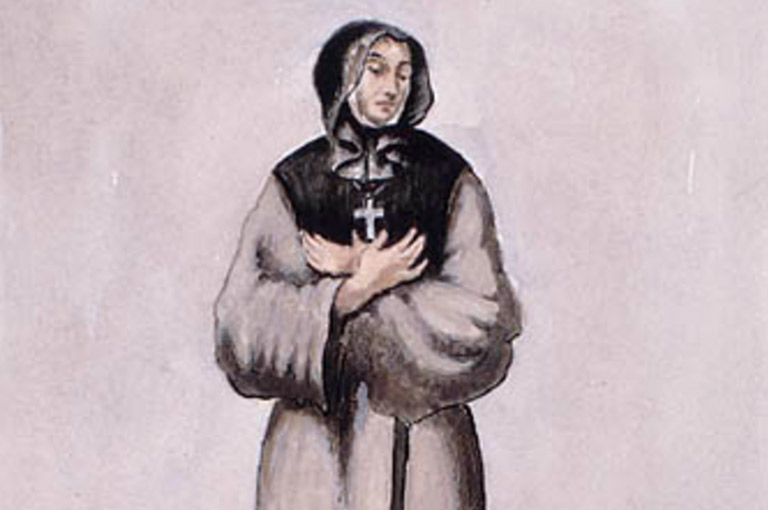
Marguerite d’Youville (1701–1771)
Activist for the rights of the poor, founder of the Order of Sisters of Charity of Montreal (Grey Nuns) and the first Canadian-born person to be declared a saint by the Roman Catholic Church. While married, d’Youville suffered greatly. Four of her six children died in infancy. Her husband was often away, engaged in illegal activity. In 1737, seven years after her husband’s death, d’Youville and three other women founded a religious order to serve the poor of Montreal. In 1747, the order was granted a charter to operate the General Hospital of Montreal. The order brought the hospital out of debt and although it was destroyed by fire in 1765, d’Youville and the other Grey Nuns quickly rebuilt it. She was blessed by Pope John XXIII in 1959 as the “Mother of Universal Charity,” and canonized by Pope John Paul II in 1990.
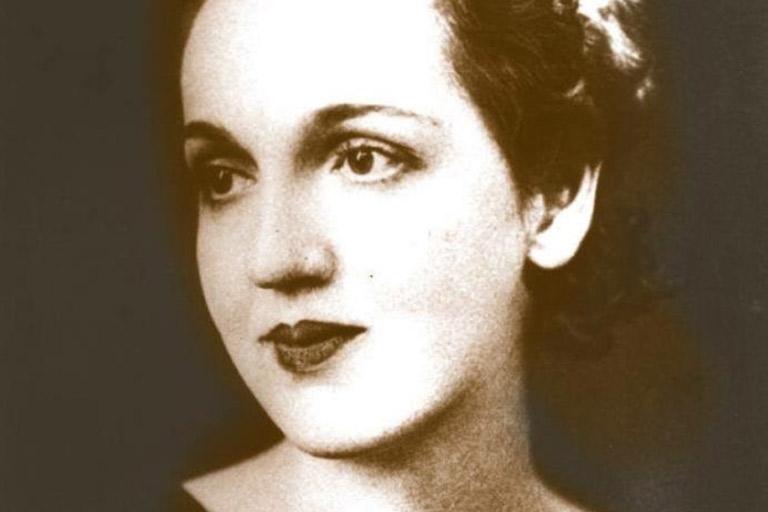
Mona Parsons (1901–1976)
Actress, nurse, and member of an informal resistance in the Netherlands and the only Canadian female to be imprisoned by the Nazis. The Nova Scotia-born Parsons studied acting, becoming a Ziegfeld Follies showgirl. She later became a nurse in the U.S. She moved to the Netherlands with her husband in 1937 and joined a network of the resistance in 1940, sheltering Allied airmen in her home near Laren. She was arrested by the Gestapo in 1941, imprisoned, tried, and sentenced to death. She was allowed to appeal and sentenced to hard labour. She escaped from Vechta Prison in Germany in March 1945 and travelled over 125 kilometres back to the Netherlands, where she was able to get help from a Canadian army unit. She received commendations for her war efforts from Britain and the U.S.
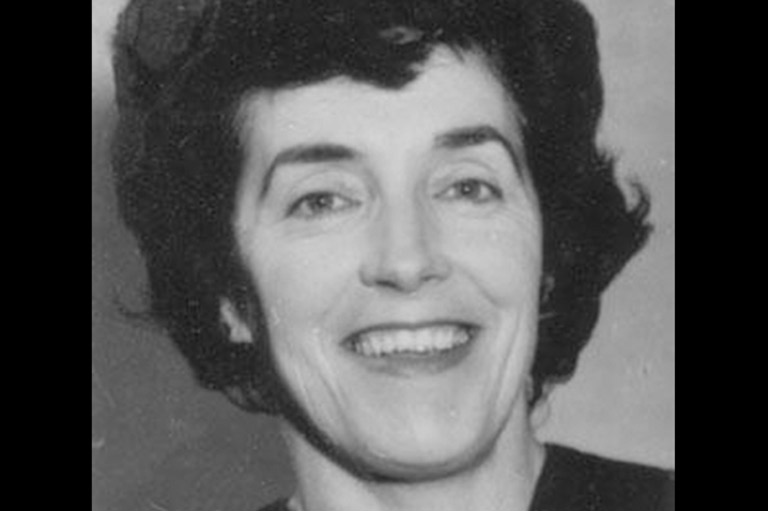
Cassie Brown (1919–1986)
Author, editor, journalist, and publisher. Brown was born in Rose Blanche, Newfoundland and moved with her family to St. John’s in the 1930s. She wrote five literary works and won the Government of Newfoundland and Labrador Arts and Letters competition from 1954 to 1957. Brown also wrote scripts and educational broadcasts for the CBC and was a reporter for The Daily News of St. John’s from 1959 to 1966. She became publisher of Newfoundland Women magazine from 1961 to 1964. She is best known for her 1972 book Death on the Ice, an account of the 1914 Newfoundland sealing disaster. Brown was also elected to the executive of the Newfoundland Drama Society and made an honourary life member of the group.
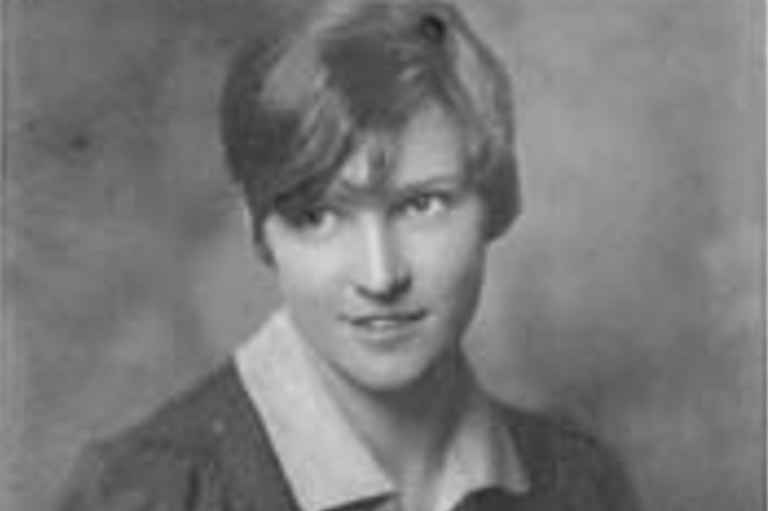
Elsie MacGill (1905–1980)
First Canadian woman to earn a degree in electrical engineering, the first woman in North America to earn a master’s degree in aeronautical engineering, and the world’s first female aircraft designer. MacGill graduated from the University of Toronto with a degree in electrical engineering in 1927. She earned her aeronautical degree from the University of Michigan two years later. During the Second World War, she was chief engineer for the Canadian Car and Foundry Company, overseeing the production of the Hawker Hurricane in Canada and designing modifications to the aircraft for cold weather flying. In 1942, a comic book series about MacGill dubbed her the “Queen of the Hurricanes.” After the war, MacGill worked in aeronautical consulting and was active in women’s rights issues. She was named to the Royal Commission on the Status of Women in 1967.
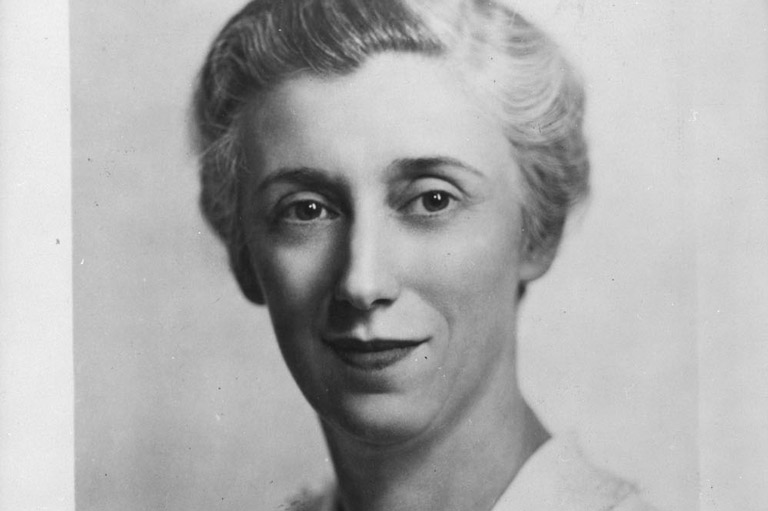
Ellen Fairclough (1905–2004)
Canadian politician, first woman to serve in the Canadian Cabinet, and a women’s rights advocate. Fairclough worked as an accountant until being elected as a Progressive Conservative Member of Parliament for Hamilton West. Under Prime Minister John Diefenbaker, she became the Secretary of State for Canada in 1957 and Minister of Citizenship and Immigration in 1958. In the latter role, she introduced regulations to help eliminate racial discrimination in immigration policy. She became the first woman to serve as acting prime minister of Canada when she held the position for two days in 1958. From 1962 to 1963, she was postmaster general. She was active in many public services. Fairclough was inducted as an Officer in the Order of Canada in 1980 and a Companion in the Order of Canada in 1995. She was granted the title Right Honourable in 1992 and received the Order of Ontario in 1996.
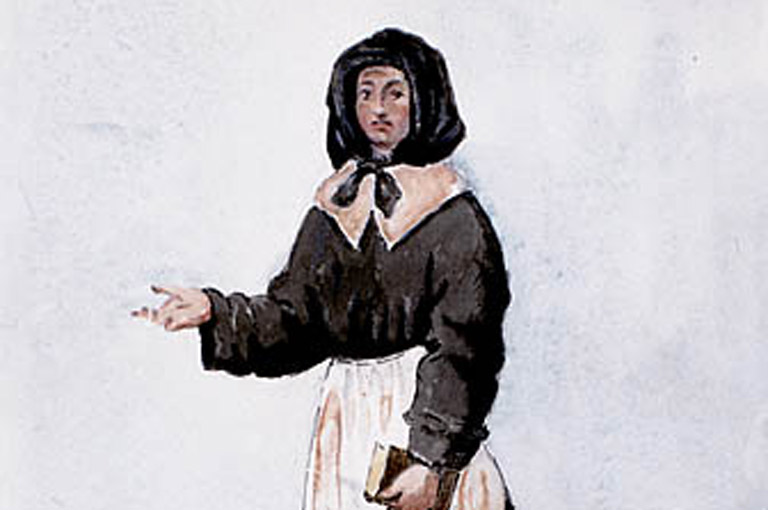
Jeanne Mance (1606–1673)
First lay nurse to practise in North America, a settler of New France, and co-founder of Montreal where she opened the first hospital. Mance was born in France and arrived in New France in 1641. She travelled to the island of Montreal the next year, where she established the city’s first hospital, Hôtel-Dieu de Montréal, in 1645. She provided the administration and patient care and made three trips back to France to secure financial support. In 1659, Mance recruited three sisters of the Hospitallers of Saint-Joseph to carry on the hospital’s work, while she continued to direct the hospital’s management. Today, a massive metal sculpture of Mance stands outside Montreal’s modern Hôtel-Dieu.
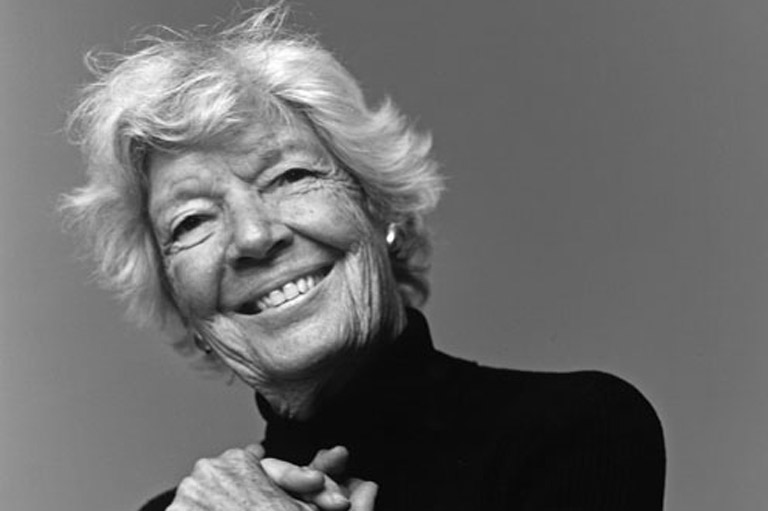
June Callwood (1924–2007)
Author, journalist, broadcaster, and activist. Callwood started her journalistic career at the Brantford Expositor, and got a job with The Globe and Mail in 1942. She left The Globe to raise a family but continued as a freelance journalist, writing for Macleans and other magazines. She authored thirty books, which included being a ghostwriter of autobiographies for several celebrities. Her television work included CBC’s The Fraynes from 1954 to 1955, In Touch from 1975 to 1978, Caregiving with June Callwood in 1988, and two series for Vision TV. Callwood was deeply concerned with social justice and founded or co-founded over fifty organizations. She was bestowed many honours including the Order of Ontario (1988) and Companion of the Order of Canada (2001).
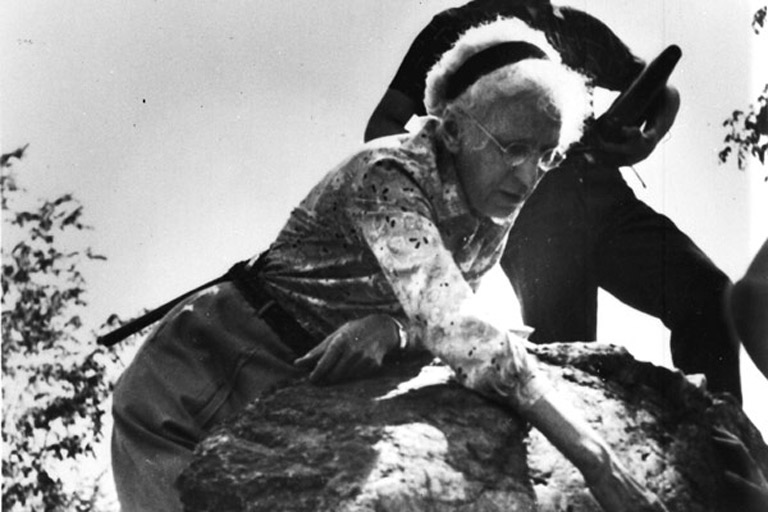
Alice Wilson (1881–1964)
First female geologist, a world-renowned paleontologist and first female Fellow of the Royal Society of Canada. In 1909, Wilson was hired as a museum assistant by the Geological Survey of Canada (GSC), where she worked for the rest of her life and faced many obstacles. She was denied the allowable paid leave to pursue further education from1915 to 1926 and was unable to complete her PhD until 1929. She was continually denied promotions and professional recognition by the GSC until she was made a Member of the Order of the British Empire in 1935. Wilson was elected into the Geological Society of America in 1936 and became the first female Fellow of the Royal Society of Canada in 1938. After retirement she wrote a children’s book on geology and lectured on paleontology at Carleton University, receiving a honourary degree in 1960.
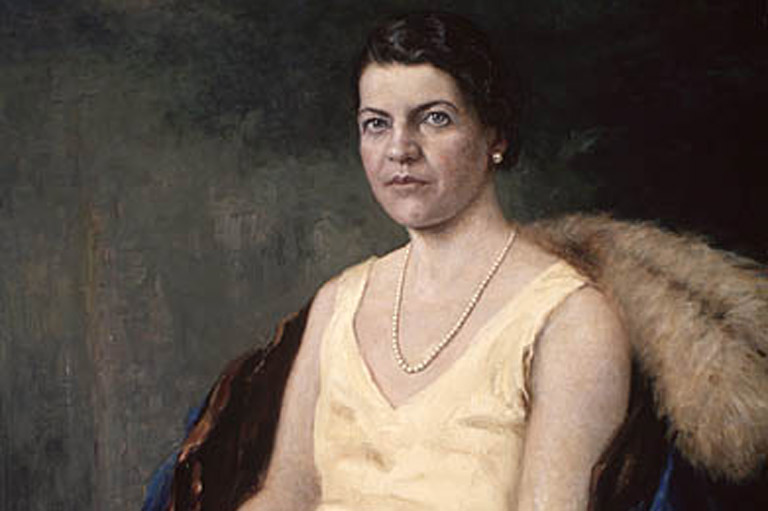
Cairine Mackay Wilson (1885–1962)
Canada’s first female senator. Wilson moved with her family to Ottawa in 1918, where she helped found the Twentieth Century Liberal Association and the National Federation of Liberal Women of Canada. In February 1930, Wilson was appointed the first senator of Canada –– four months after the Persons Case judgment. In 1938, she was made president of the League of Nations Society of Canada and in 1949 Wilson became Canada’s first female delegate to the United Nations General Assembly. She chaired the Canadian National Committee on Refugees, the Senate Standing Committee on Immigration and Labour and was deputy speaker of the Canadian Senate — all firsts for women. In 1950, France named Wilson Knight of the Legion of Honour for her work with refugees.
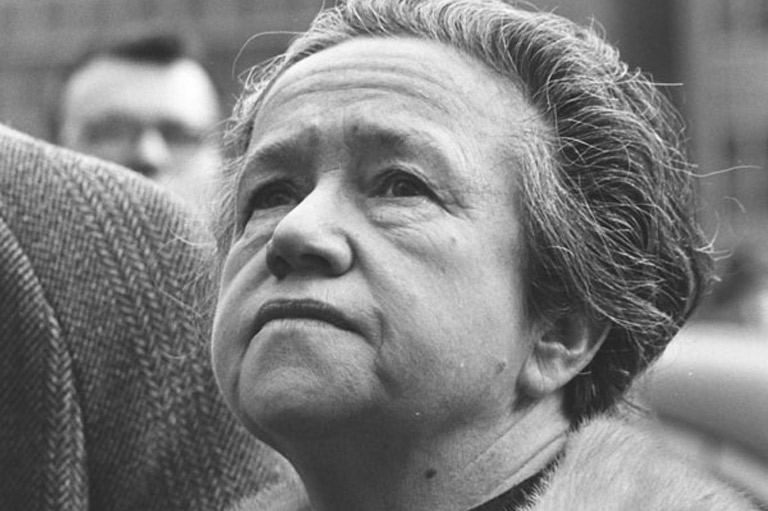
Charlotte Whitton (1896–1975)
First female mayor of a major city in Canada, feminist. At Queen’s University, Whitton was star player on the women’s hockey team and the editor of the university’s newspaper. She became founding director of the Canadian Council on Child Welfare from 1920 to 1941 (now the Canadian Council on Social Development). She was elected to Ottawa’s Board of Control in 1951. Whitton was Mayor of Ottawa from 1951 to 1964 and served as alderman until 1972. During her career, some of her actions were considered controversial and contradictory. She was made an Officer of the Order of Canada in 1967 and had a plaque erected in Ottawa in her honour by the Ontario Heritage Trust.
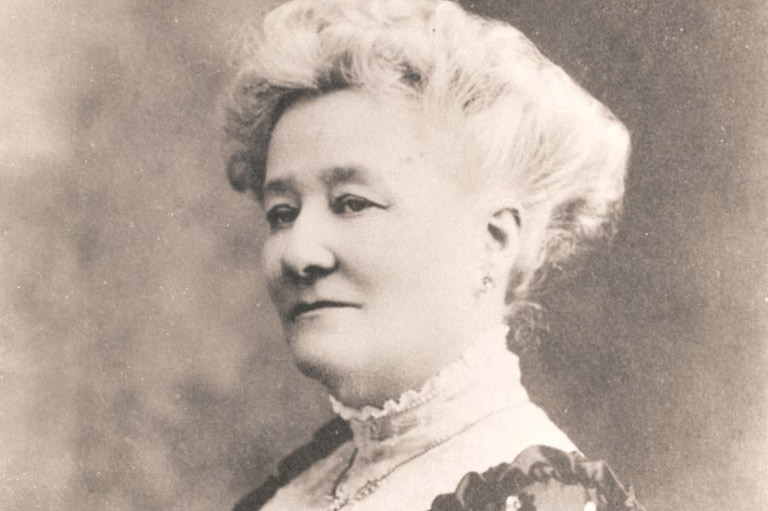
Maria-Clara Dorimène Roy-Desjardins (1858-1932)
Co-founder of the Caisses populaires Desjardins (today the Desjardins Group). Dorimène Desjardins, along with her husband, founded the pioneering credit union Caisses populaires de Lévis in 1900, which opened in January 1901. She was made full-time manager from 1903 to 1906 for a nominal salary of $50 per year, while her husband received the official title. After his death in 1920, Desjardin played an active role in founding the Union régionale des caisses populaires Desjardins in Quebec City. She was appointed vice-patron of the board and made an honorary member in 1923. She became the first laywoman to be honoured on Parliament Hill in Quebec City (2008). Desjardins was appointed a Person of National Historic Significance in 2012.
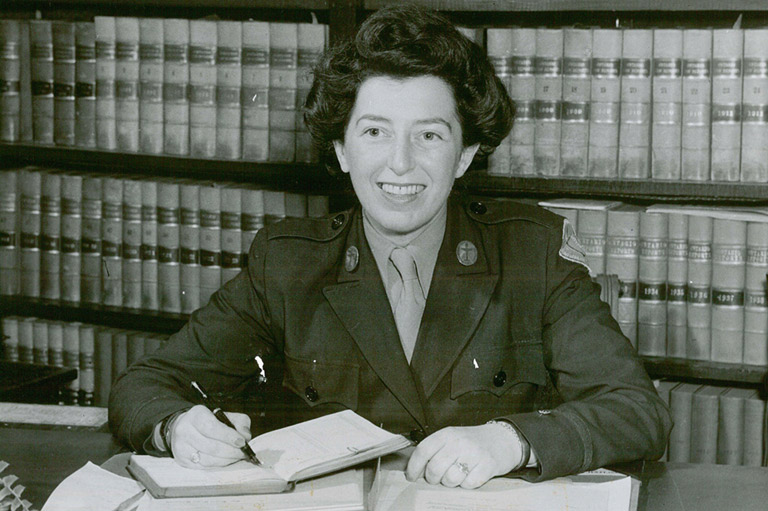
Dr. Lotta Hitschmanova (1909–1990)
Canadian humanitarian and founder of the Unitarian Service Committee of Canada. Hitschmanova was born in the Czech Republic and made her way to Montreal during the war. In 1945, she helped organize the Canadian branch of the Unitarian Service Committee, where she served as chairperson until 1949. Starting in 1946, she travelled in Canada and later went overseas to raise funds, supervise programs, help physically disabled children, and set up bases in destitute countries. Through the use of radio and television, Hitschmanova started the foster parent program, which gave donors a photo and story of their sponsored child. By 1984 she had assisted in raising $128,855,000. She was made an Officer of the Order of Canada in 1968 and Companion in 1979.
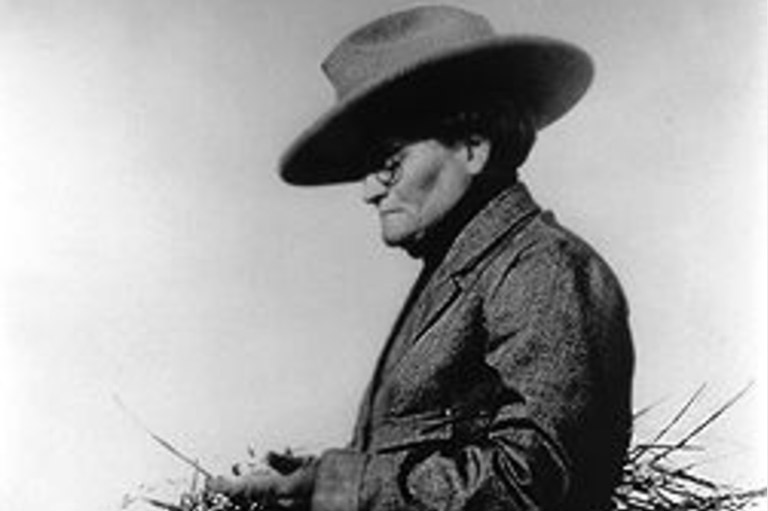
Ella Cora Hind (1861–1942)
Women’s rights activist and Western Canada’s first female journalist. E. Cora Hind arrived in Winnipeg in 1882. She was refused a journalist position at the Manitoba Free Press, so trained and worked as a stenographer. In 1893, she started her own business, becoming the first public stenographer. Hind continued to submit articles to the Free Press and in 1901 she was hired as their agricultural editor. She became president of the Canadian Women’s Press Club in 1904. Hind took part in Manitoba’s Mock Parliament in 1914 and fought for women’s suffrage and prohibition. At age seventy-five she travelled around the world, studying agricultural methods. She then wrote a book entitled Seeing for Myself (1937) about her observations. She received an honorary doctor of laws degree from the University of Manitoba in 1935.
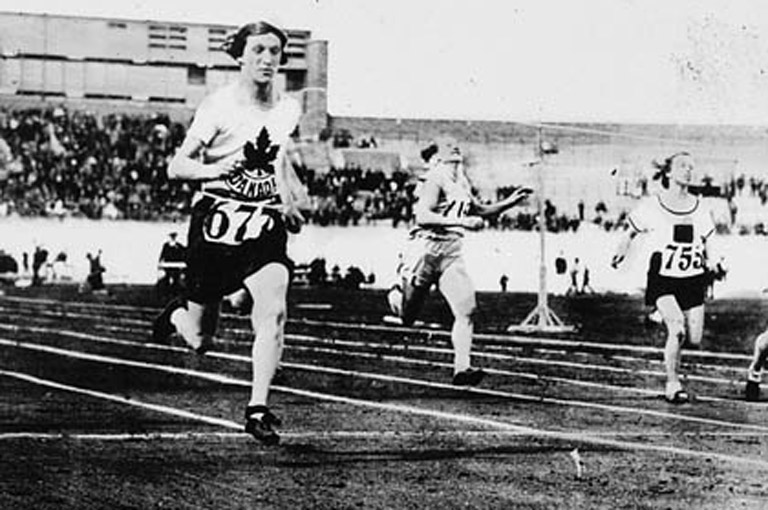
Fanny "Bobbie" Rosenfeld (1904–1969)
Canadian athlete, Olympic medallist, sportswriter. "Bobbie" Rosenfeld was an excellent all-around athlete. By 1923 she was the top-ranked female Canadian sprinter and in 1925 she was number one in 200 metres, long jump, shot put, and discus. She represented Canada in the Amsterdam 1928 Summer Olympic Games, taking gold in the 4 x 100 metre relay and silver in the 100-metre race. Rosenfeld went on to play softball and hockey and was voted Outstanding Woman Hockey Player in Ontario. Struck by a severe form of arthritis in 1929, she was forced to retire from competitive sport in 1933. Rosenfeld coached and wrote a sports column for The Globe and Mail from 1937 to 1957. She then headed the newspaper’s promotions department until 1966. She was named Canada's Woman Athlete for the Half-Century in 1950 and was inducted into Canada's Sports Hall of Fame in 1955.
Kayak: Canada’s History Magazine for Kids — 4 issues per year for as low as $14.95.
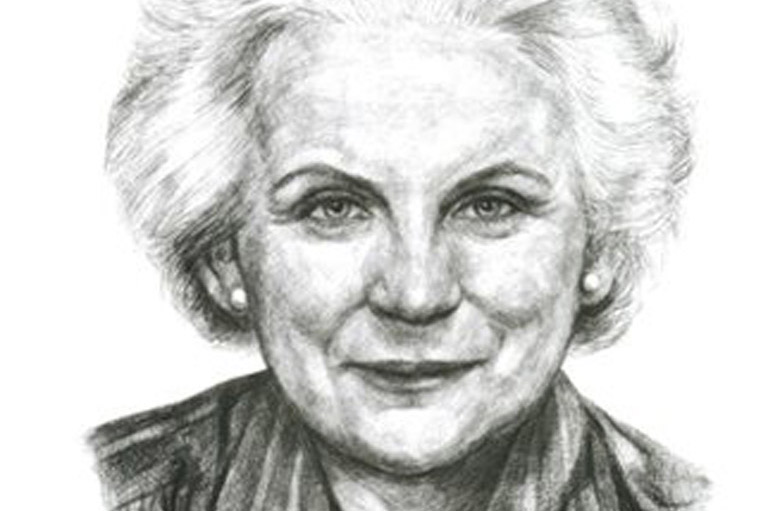
Jeanne Mathilde Sauvé (1922–1993)
Journalist, politician, stateswoman, and the first female Governor General of Canada. Sauvé was a founding member of the Institute of Political Research. In 1959, she was hired by the CBC as a journalist and broadcaster on radio and television, in both English and French. She was elected to the House of Commons in 1972 and served as a minister in various portfolis, including science and technology, environment, and communications. She was Speaker of the House of Commons from 1980 to 1984 and served as Canada’s twenty-third Governor General from 1984 to 1990, promoting national unity, peace, and youth. She established the Jeanne Sauvé Foundation in 1989, dedicated to youth excellence in Canada.
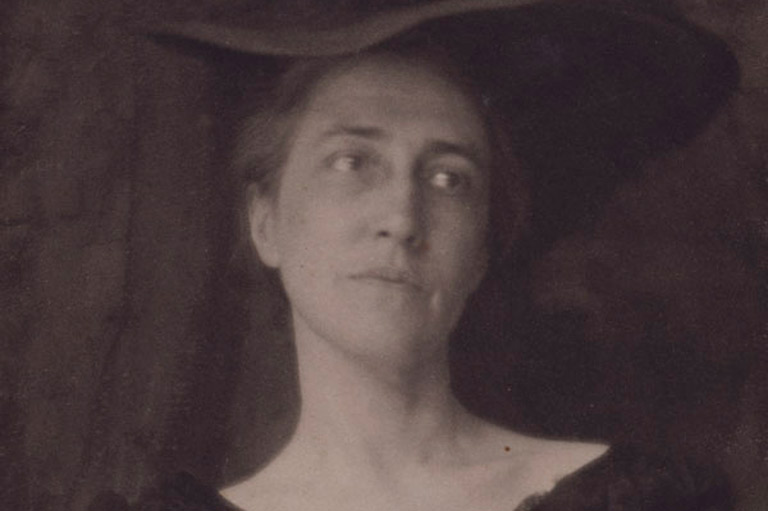
Lady Grace Julia Drummond (1861–1942)
Humanitarian, first president of the Montreal Council of Women, and supporter of the women’s movement. Accounts of Lady Grace Julia Drummond describe her as exceedingly charming, elegant, and intelligent. Her sparkling reputation was in part due to her involvement with numerous philanthropic organizations: The Charity Organization Society of Montreal, which she founded with her husband; the Montreal Branch of the National Council of Women, over which she presided during the First World War; and the Canadian Red Cross. In 1915, while working for the Red Cross in England, she established an information bureau to keep Canadian families informed about missing, injured, and deceased soldiers. Her work gained her honours including the title of Lady of Justice of the Order of St. John of Jerusalem, an honorary degree from McGill University, and several medals.
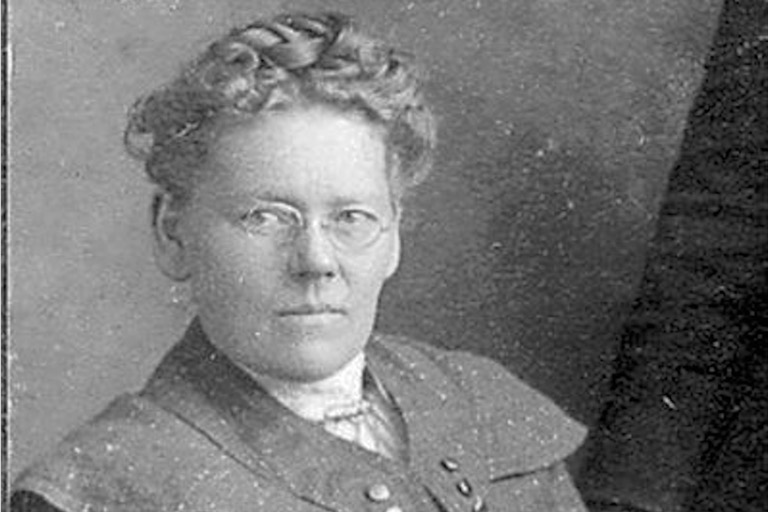
Margret Jonsdottir Benedictsson (1866–1956)
Suffrage writer and women’s activist from Iceland. Born out of wedlock on an isolated farm, Margret Benedictsson was independent from a young age, having gone through foster care and then worked as a maid. In 1887, she borrowed money to sail to the United States, settling in an Icelandic settlement in Dakota Territory. She attended a business school and a few years later moved to Winnipeg to further her business education. There she became an avid member of the Icelandic women’s movement. She staged plays, arranged raffles, and organized banquets to raise money for girls and immigrants in financial need. She also campaigned for the right to vote, gave lectures, and wrote articles on women's suffrage. Along with her husband, she launched the Icelandic suffrage magazine Freyja (Woman) out of Selkirk in 1898 — it was the only women’s suffrage publication in Canada at the time. In 1908, she became the first president of the Icelandic Women’s Suffrage Society.
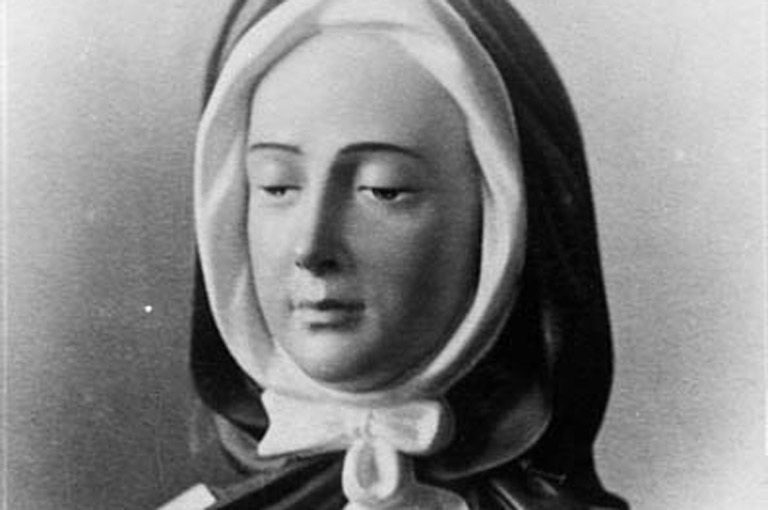
Marguerite Bourgeoys (1620–1700)
Founder of the Congregation of Notre Dame of Montreal. As a young woman, Marguerite Bourgeoys was dedicated to helping and educating the poor in her hometown of Troyes, France. In 1653, she sailed to Montreal with officer Paul de Chomedey de Maisonneuve. There, she taught the children of rural French settlers and provided support to the Filles du Roi — young women sent to Canada as brides for settlers. Her desire to take on an active public role in the community rather than to remain cloistered put her at odds with Bishop François de Laval. However Laval’s successor, Jean-Baptiste de La Croix de Chevrières de Saint-Vallier, encouraged her to teach and to open schools. Along with her colleagues, she opened several educational facilities in Quebec throughout the seventeenth century.
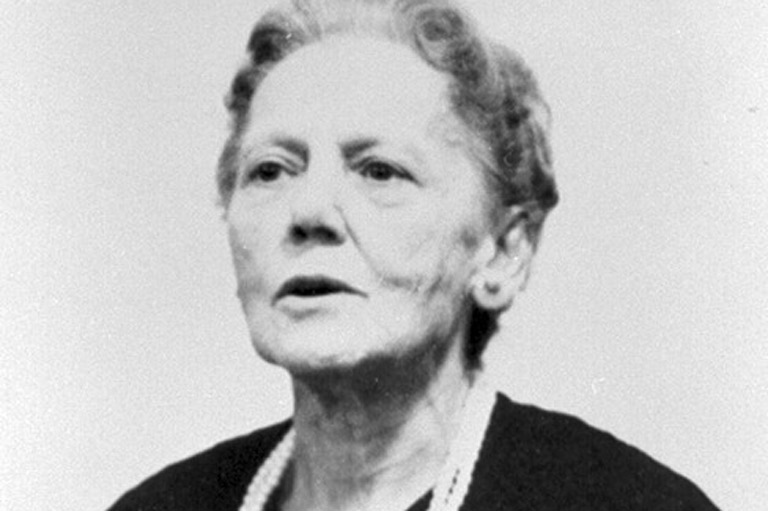
Laure Gaudreault (1889–1975)
Union activist and advocate of fair working conditions for teachers. Laure Gaudreault began teaching in rural Quebec in 1906. She was sixteen years old, paying for her own supplies, and making $125 per year — a small fraction of a teacher’s wage in the city. After many years of working in these terrible conditions, she turned to a new career. By 1927, she was journalist for Le Progrès du Saguenay and writing about the problems of rural teachers. In 1936, she returned to the classroom and began organizing female rural teachers into an association. Hundreds of troubled teachers gathered and soon created the Association des institutrices rurales de la province de Québec, of which Laure Gaudreault was first president. She continued to devote herself to improving the salaries, pensions, and working conditions of rural and retired teachers well into the 1960s.
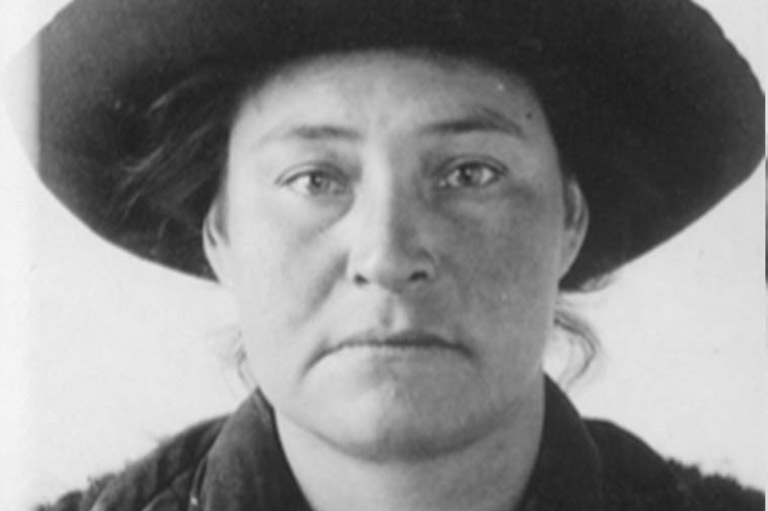
Lizzie Cyr (?)
A Calgary woman charged with vagrancy, whose case was linked to the Persons Case. History has largely forgotten Lizzie Cyr. Her recorded narrative begins in May of 1917. She was broke, without a place to sleep and ended up spending a few nights in the home of John James Ryan. Ryan, who subsequently suffered a bout of gonorrhoea, had her arrested and charged with vagrancy. Her defence lawyer, John McKinley Cameron appealed her conviction on the grounds that the female magistrate who made the ruling did not have the legal authority to act as a judge because, as a woman, she was not a person under the British North America Act. The Alberta Court of Appeal struck down the appeal, a decision later overturned by the Supreme Court of Canada. The Persons Case eventually came before the British Privy Council, which asserted that women were in fact persons under constitutional law.
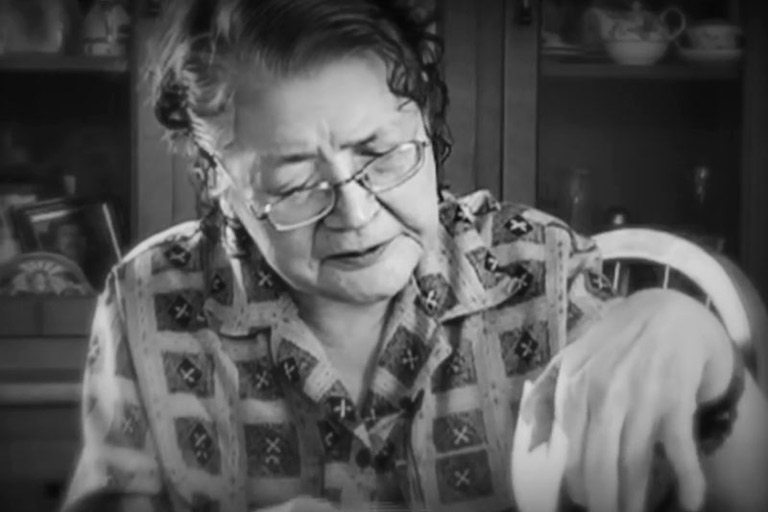
Rita Joe (1932–2007)
Poet laureate of the Mi’kmaq nation. Rita Joe was a gifted poet whose writing is marked by compassion, candour, and dignity. Joe was born and raised in Whycocomagh on Cape Breton Island. Orphaned at ten, Joe attended Shubenacadie Indian Residential School for four years. She began writing in 1969 with a column in the Micmac News, and released her first collection of poetry in 1978. In her lifetime, Joe published five poetry collections and an autobiography. Joe’s writing and message of gentle resilience has garnered her many honours, including the Order of Canada (1989), the Queen’s Privy Council for Canada (1992), National Aboriginal Achievement Award (1997), and a number of honorary doctorates.
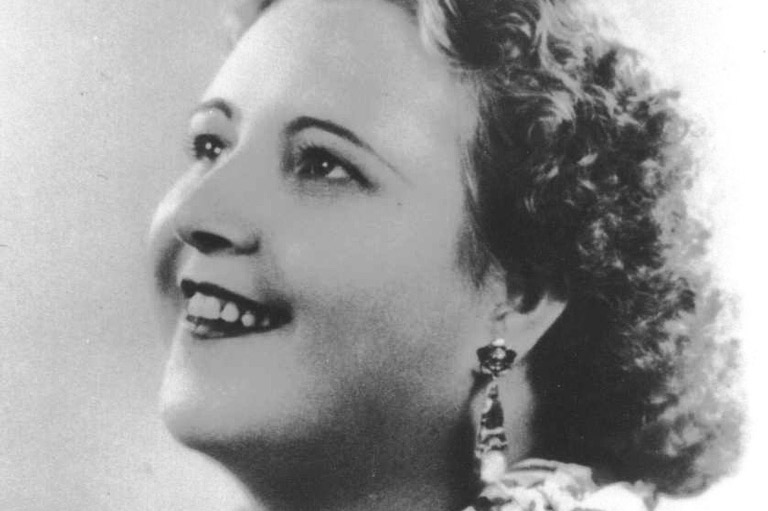
Mary Travers-Bolduc (1894–1941)
The queen of Canadian folksingers. Mary Travers-Bolduc, called “La Bolduc,” was the pre-eminent French Canadian singer-songwriter of the 1930s. Born into poverty, Travers had known only hardship until she got her first break in 1929 with the recording “La Cuisinière.” She soon became a household name in French Canada and the eastern United States. Drawing on the musical traditions of her Irish and French Canadian parents, Travers’ music gave voice to the experiences and hardships of working class people during the Great Depression. Her recordings capture the current events of her day with characteristic charm, wit, and frankness. Beloved in her own day, Travers laid the foundations for the 1950s folk revival and later generations of French Canadian singers.
.jpg?ext=.jpg)
Jean B. Lumb (1919–2002)
Community leader and activist. Jean Lumb was an adept businesswoman and a prominent leader of Toronto’s Chinese community. In the 1950s, Lumb played a critical role in helping to end discriminatory immigration laws that prevented Asian permanent residents from bringing family members to Canada. Lumb’s relentless community work helped to raise Canadians’ awareness of Chinese culture. She was a successful restaurateur, founded a Chinese dance organization, and was the president of the Women’s Association of the Chinese Dramatic Association for 25 years. Lumb also led the “Save Chinatown Committee” that lobbied successfully to protect Toronto’s Chinatown from expropriation in the 1960s. In 1976, Lumb became the first restaurateur and the first Chinese Canadian woman to be inducted into the Order of Canada.
Save as much as 52% off the cover price! 6 issues per year as low as $29.95. Available in print and digital.
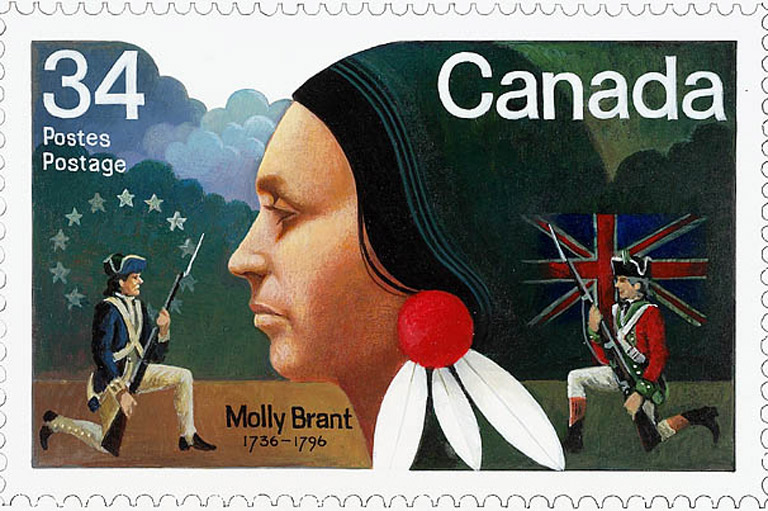
Mary Brant, aka Konwatsi’tsiaiénni (1736–1796)
Mohawk stateswoman and diplomat. Mary Brant, also known as Molly and Konwatsi’tsiaiénni, occupied a crucial intermediary role between the Haudenosaunee Confederacy and the colonial British government. During the American War of Independence, Brant joined the Loyalist cause. Raised in a matriarchal society, she drew upon her status as the head of a council of Haudenosaunee clan mothers to rally the Confederacy in its alliance with Britain against the American rebels. Ultimately, many Haudenosaunee people felt betrayed by Britain’s decision to cede their territory to the Americans after the war. While Brant’s legacy continues to be debated, it is clear that she played an instrumental role in shaping the borders of eighteenth century North America.
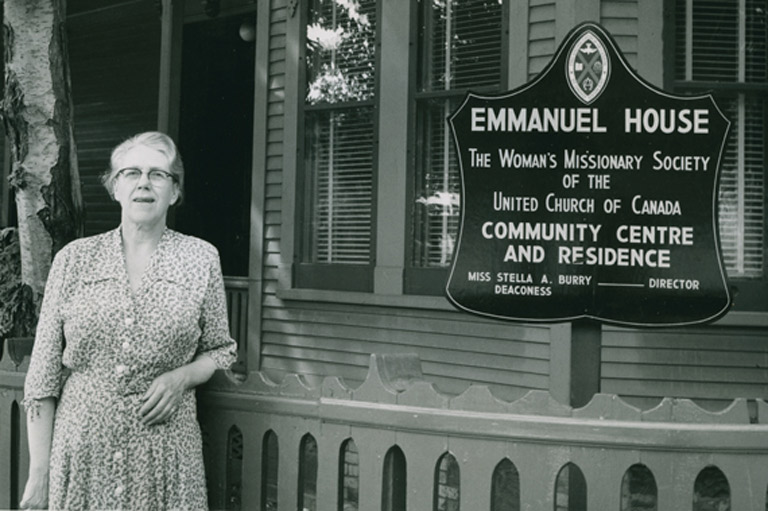
Stella Burry (1897–1991)
Tireless volunteer and community worker. Stella Burry was an extraordinarily active member of her church and community throughout life. Burry worked in Newfoundland during the Great Depression and developed a host of social programs and services, managing as many as forty volunteers at a time. She was the force behind an incredible variety of initiatives, including clothing and food services, a transitional home for women moving to the city, programs for seniors and patients in mental hospitals, and a co-operative women’s credit union, to name just a few. Burry never married, believing she would have to give up her community work and activism if she did. In 1995, a charity named Stella’s Circle was established in Burry’s honour to continue her indispensable work.
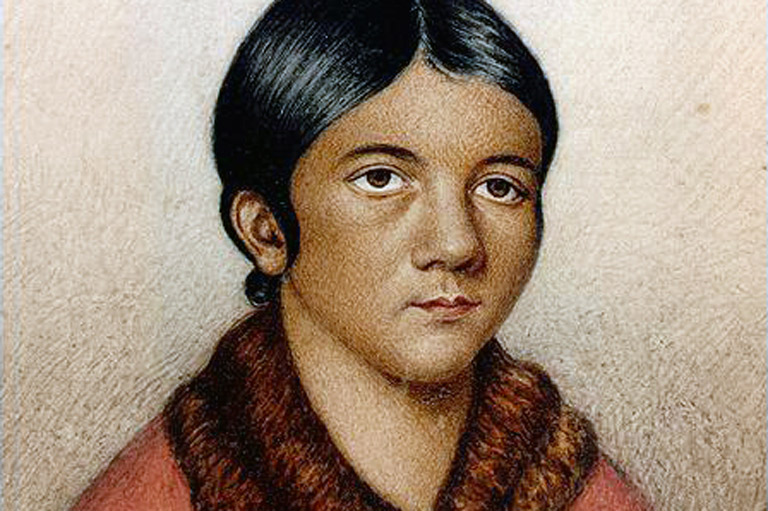
Shawnadithit (1801–1829)
Beothuk survivor and cultural witness. Shawnadithit is often referred to as the last surviving member of the Beothuk, the original inhabitants of Newfoundland. By the time she was a young woman, Shawnadithit had witnessed the decline of the Beothuk from disease, starvation, and settler violence. In 1823, Shawnadithit was captured by a white trapper and eventually came to live St. John’s where she worked with the Boethick [Beothuk] Institution to record her knowledge of her people. Much of our current understanding of the Beothuk derives from Shawnadithit’s maps, drawings, word lists, and stories. Shawnadithit was known for her sharp intelligence, uncanny artistic ability, and proud demeanour. Despite a life of tragedy, she provided invaluable witness to the culture and history of her people.
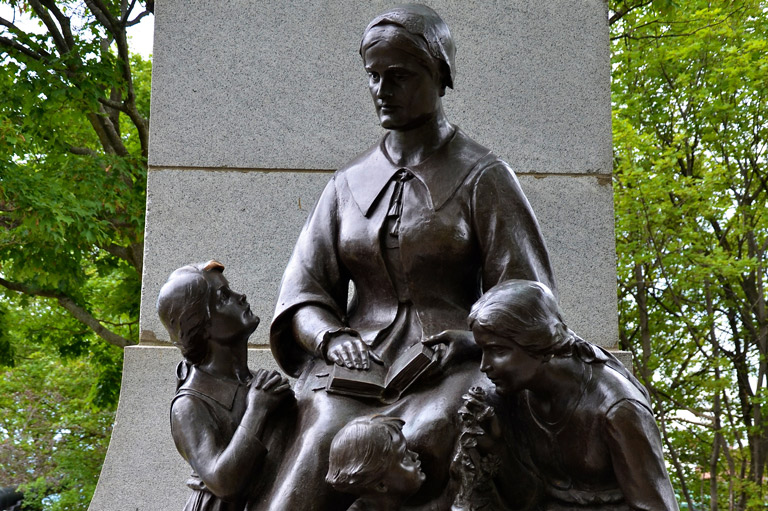
Marie Rollet (? –1649)
Pioneering woman. Marie Rollet was the first European woman to settle permanently in New France. In 1617, Rollet arrived at Quebec with her husband, Louis Hébert, and three children. Her family established a farm, which later became the colony’s first seigneury. Rollet shared closely in the work of her husband, an apothecary, and would have taken an active role in traditionally male activities like clearing land, constructing buildings, harvesting food, and skinning animals. As a religious woman, Rollet also took an interest in educating and proselytizing Indigenous people within the colony. In the 1630s her home became a residence for Indigenous girls who were studying with the Jesuit missionaries. Today Rollet and her husband are commemorated with a prominent statue in Quebec City’s Montmorency Park.
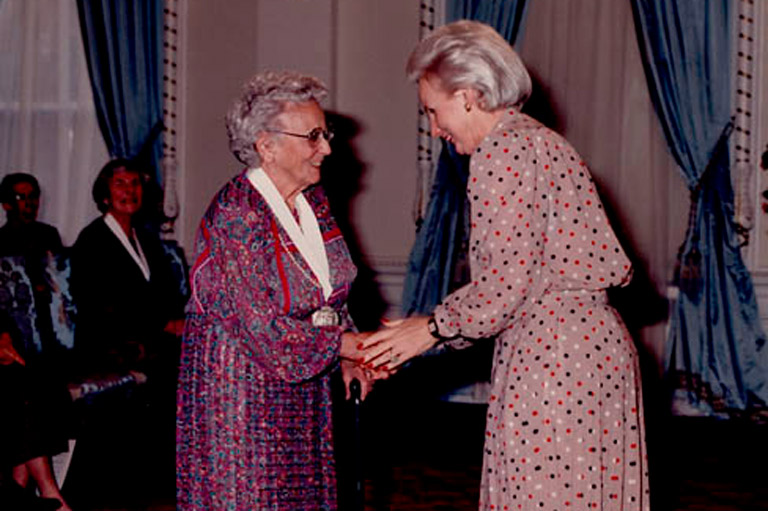
Muriel McQueen Fergusson (1899–1997)
First female Speaker of the Senate and committed advocate for women. Muriel McQueen Fergusson was the first woman to be appointed as a judge in New Brunswick, the first to be elected to Fredericton’s city council, and was that city’s first female deputy mayor. Fergusson was appointed to the Senate of Canada in 1953, and later became its first female Speaker. In all of these positions Fergusson was an advocate for women and the less privileged. As a senator, she brought in young women as pages, insisted on pay equity, and served on committees pertaining to unemployment, divorce, women’s prisons, poverty, and old age. In her inaugural Senate speech, Fergusson noted simply, “If I can be of help to women in getting justice, I will.”
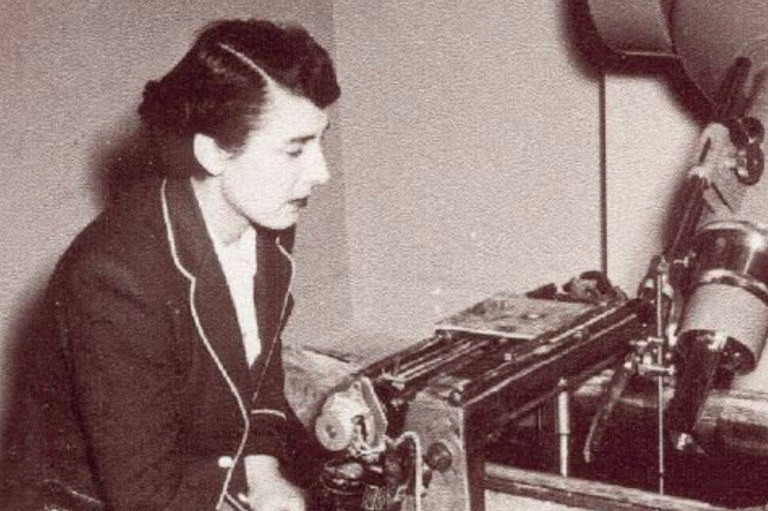
Sylvia Fedoruk (1927–2012)
Renowned for her work on using radiation to diagnose and treat cancer. Sylvia Fedoruk became a radiation physicist at the Saskatoon Cancer Clinic in 1951. There she helped to establish the world’s first cobalt radiation therapy unit, a technology that is estimated to have helped over 70 million people worldwide. For this and many other achievements, Fedoruk has been recognized with numerous appointments and honours. She was inducted as an Officer of the Order of Canada in 1986, served as Lieutenant Governor of Saskatchewan from 1988 to 1994, was inducted into the Canadian Medical Hall of Fame in 2009, and was awarded the Queen’s Jubilee Medal in 2012. Fedoruk was also an accomplished athlete and an inductee of the Saskatchewan Sports Hall of Fame and the Canadian Curling Hall of Fame.
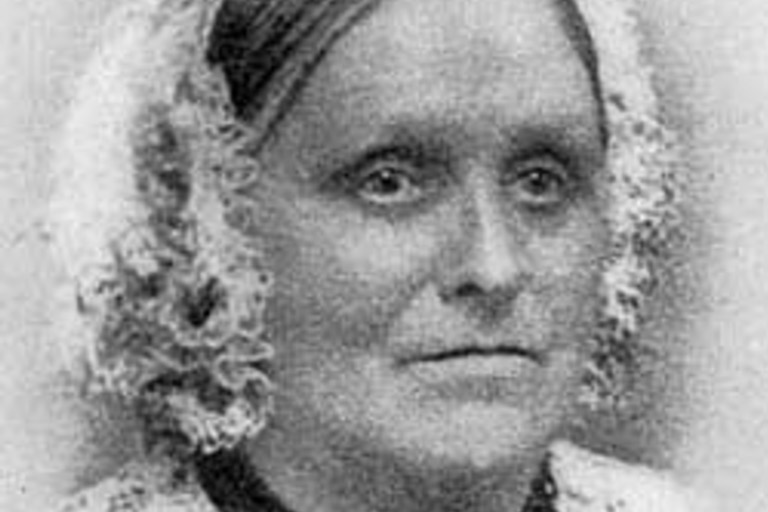
Susanna Moodie (1803–1885)
Pioneering Canadian author. Susanna Moodie (née Strickland) was an accomplished author whose work vividly captures the pioneer life in Upper Canada. In 1832, Moodie and her husband immigrated to Upper Canada, where the two attempted to establish a farm. Moodie drew upon her experiences in the backwoods of the colony for literary inspiration. Her best-known book, Roughing It in the Bush, was widely read in Canada, Britain, and the United States, and is considered one of the canonical works of Canadian literature. A prolific writer, Moodie’s output includes novels, children’s books, memoirs, and poetry collections. Her work has inspired and drawn commentary from the likes of Northrop Frye, Carol Shields, and Margaret Atwood, whose 1970 poetry collection is entitled The Journals of Susanna Moodie.
If you believe that stories of women's history should be more widely known, help us do more.
Your donation of $10, $25, or whatever amount you like, will allow Canada’s History to share women’s stories with readers of all ages, ensuring the widest possible audience can access these stories for free.
Any amount helps, or better yet, start a monthly donation today. Your support makes all the difference. Thank you!
Themes associated with this article
Advertisement

Canada’s History Archive, featuring The Beaver, is now available for your browsing and searching pleasure!

